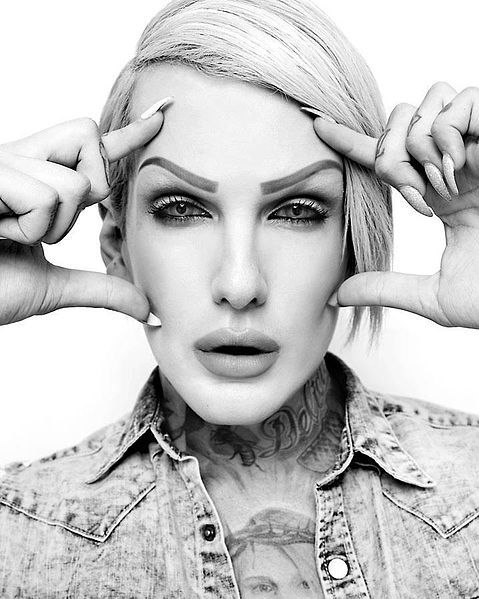Youtubers are gaining followers and fame
January 31, 2019
If 20 years ago someone said that you could get famous by uploading ten-minute videos of yourself onto the internet, you would think they were crazy. Now, someone can upload a five-minute video of themselves and their friends and get over 4.6 million views in one day.
These media personalities are called YouTubers, and for many of them, YouTube is their main form of income, a legitimate job. But what allows people who spend their time talking to a camera to be so successful?
According to Oxford Reference, parasocial interaction is a term coined by Horton and Wohl to describe how members of an audience of some form of entertainment experience a connection to the performer(s) of said media. Parasocial relationships psychologically resemble a two-sided relationship, but only occur on the side of the viewer. The term was created in 1956, decades before the introduction of social media, so one can imagine how the phenomenon has evolved since then.
A research article from Penn State University found that media influencers today consciously employ techniques to mimic face to face interaction and increase parasocial interaction. These techniques include making direct eye contact with the camera and high levels of self-disclosure from the entertainer.
“At first, when YouTube and Facebook were new, I think it was novelty that sent things viral. By now I think an aesthetic is developing that calls for a bit more skill to pull off,” Bill Loges, an associate professor of new media communications at OSU, said.
“An effective YouTuber seems to have enough production skill to not appear like a complete novice, but need not look completely professional since that might come off as inauthentic,” Loges said.
According to the Penn State article, authenticity is linked with higher degrees of self-disclosure, which is why one of the more popular video styles on YouTube are vlogs.
YouTuber David Dobrik has over 10 million subscribers and posts short videos three days a week.
The Ace Family, a channel following Austin McBroom, Catherine Paiz and their children, has over 15 million subscribers.
Another popular genre of YouTuber is the beauty vlogger, someone whose content includes reviews of beauty products, tutorials and often daily vlogs. Jeffree Star, a beauty vlogger and the owner of Jeffree Star Cosmetics, has over 12 million subscribers.
YouTuber Shane Dawson, who specializes in conspiracy and docuseries style videos, has over 20 million subscribers. His most recent videos featuring other YouTube personalities have between 14 and 25 million views each.
Social media allows viewers to feel more connected to what they’re watching because they feel as if they are along for the ride.
“Amateur access to fairly high-quality video and audio capabilities in smartphones and instant sharing capabilities add a sense of immediacy to unexpected events such as natural disasters,” Loges said. “That feeling of being in the middle of an event nearly in real time –and occasionally actually live– allows audience members to feel more like participants than spectators.”
The feeling of being with a YouTuber in real time, combined with the authenticity factor, allows viewers to feel a deeper connection to the media stars than conventional celebrities.
Even though YouTube stars can gain popularity quite fast, they are still not seen as conventional celebrities by most of the entertainment industry.
James Charles held a meetup in Birmingham, UK, and the event organizers did not anticipate how many people would show up. The event had to be cut short due to security issues. Multiple media outlets were baffled by how Charles’ event had the city in a gridlock and Charles himself called into a radio show to explain that a turnout of 8,000 or more was considered normal for his events.
While YouTube used to be a place for animal videos and bloopers, it is clear now that content creators can use it as a source of income, becoming celebrity-level influencers.






